
The food humans have subsisted on for most of our history is very different from what our diet looks like today. This has led many to believe that our modern dietary habits are slowly killing us and that a shift to a Paleo diet can reduce modern lifestyle diseases. So, what’s wrong with our modern diet, and how can the Paleo diet help us?
Read on to know!
In the last hundred years, we have seen a boom of industrialization, leading to the growth of a fast-paced economy. Though industrialization is essential for human advancement, it has also given rise to processed, low-cost, readily available foods to sustain a growing population. A consequence of consuming these foods is an increase in the rate of chronic diseases like obesity, diabetes, hypertension, and heart disease. As a result, people are trying to migrate to healthier food and diet regimens. The Paleo Diet is one such diet that is gaining popularity among health-conscious individuals.
What is a Paleo Diet?
The concept of a Paleolithic diet started in the 1970s. Since then, the public has shown a tremendous interest in this diet. The Paleolithic diet or the Paleo Diet is also called the “caveman diet” or “Stone Age diet.” A Paleo Diet is a diet that closely mimics what our hunter-gatherer ancestors might have eaten during the Palaeolithic era, which dates from approximately 2.5 million to about 10,000 years ago.

A Paleo diet includes food ingredients that could typically be obtained by hunting and foraging, such as lean meats, fish, fruits, vegetables, nuts, and seeds. Any food ingredient that came into prominence as a result of the agricultural revolution 10,000 years ago is completely excluded from the Paleo Diet. Examples of these food ingredients include cereals, dairy products, salted foods, legumes, processed meats, refined sugars, and trans fats.
Our genetics and metabolism had grown accustomed to the Palaeolithic hunter-gatherer diet for the past 2.5 million years. The radical shift to the new “modern” diet just 10,000 years ago was something the body didn’t get the time to adjust to.
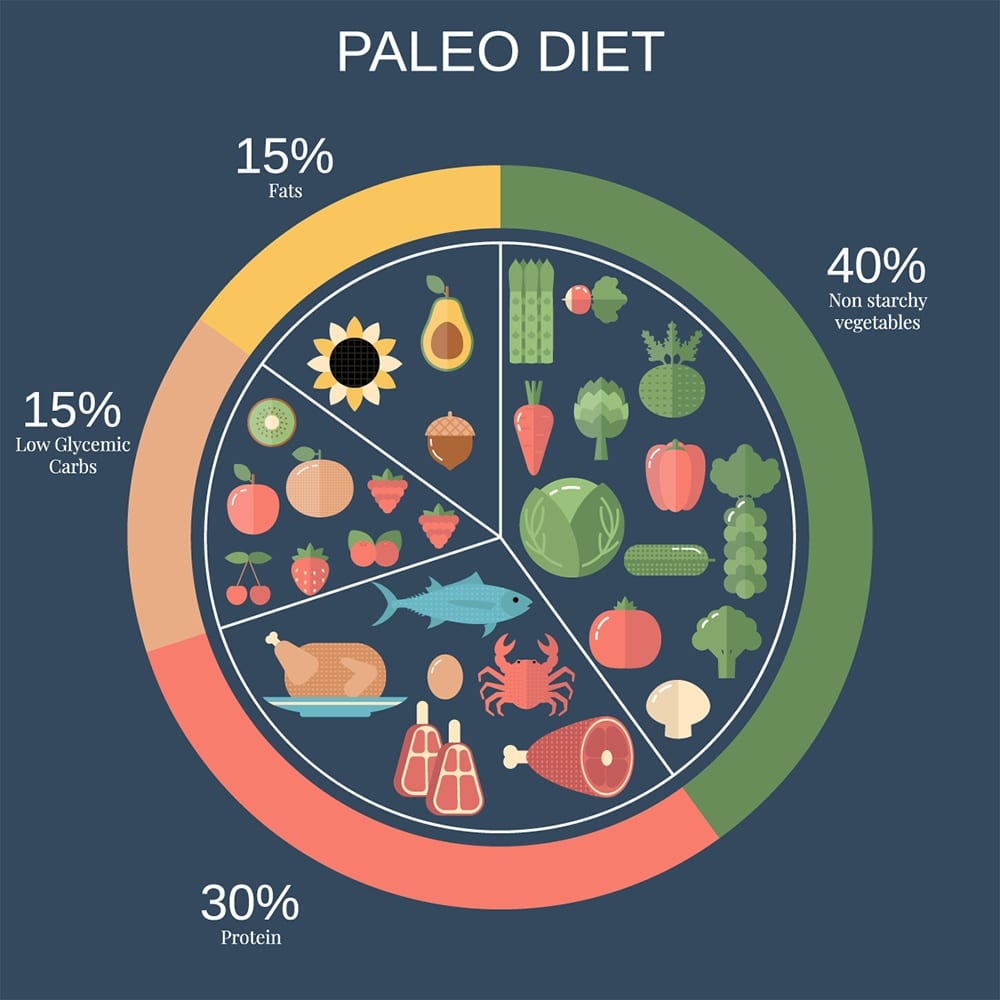
We still have about a dozen or so tribes still following the same hunter-gatherer concept, such as the Hadza tribe from central Tanzania and some Nordic tribes. They mainly sustain plants, fruits, tubers, seafood, fish, and game animals.
Thus, the Paleo Diet perfectly complements our body’s biochemical and genetic makeup, whereas “modern” dietary habits don’t. The aim of a paleo diet is to solve this incompatibility by returning to a way of eating that’s more similar to what early humans had grown accustomed to eating for millions of years. So, does the Paleo Diet actually work, or is it just a passing fad? Let’s have a look at what the science community has to say.
The Studies
Since we do not have a very clear understanding of the exact diet our Stone Age ancestors subsisted on, there aren’t as many clinical studies on Paleolithic diets as compared to some of the other diets. Nevertheless, there have been some interesting studies.
One study published by the European Journal of Clinical Nutrition compared how diabetic individuals responded to a Paleo diet compared to a diet recommended by the American Diabetes Association (ADA). The Paleo Diet is comprised of lean meats, fruits, vegetables, and nuts while strictly excluding added salts. The non-Paleolithic diet was comprised of cereal grains, dairy, legumes, moderate amounts of added salt, low-fat dairy, whole grains, and legumes.
It was found that the diabetic individuals who followed a paleo diet for two weeks saw improvements in their blood sugar, lipid profiles, and insulin sensitivity as compared to those who stuck to a more conventional diet filled with salt, dairy, whole grains, and legumes.
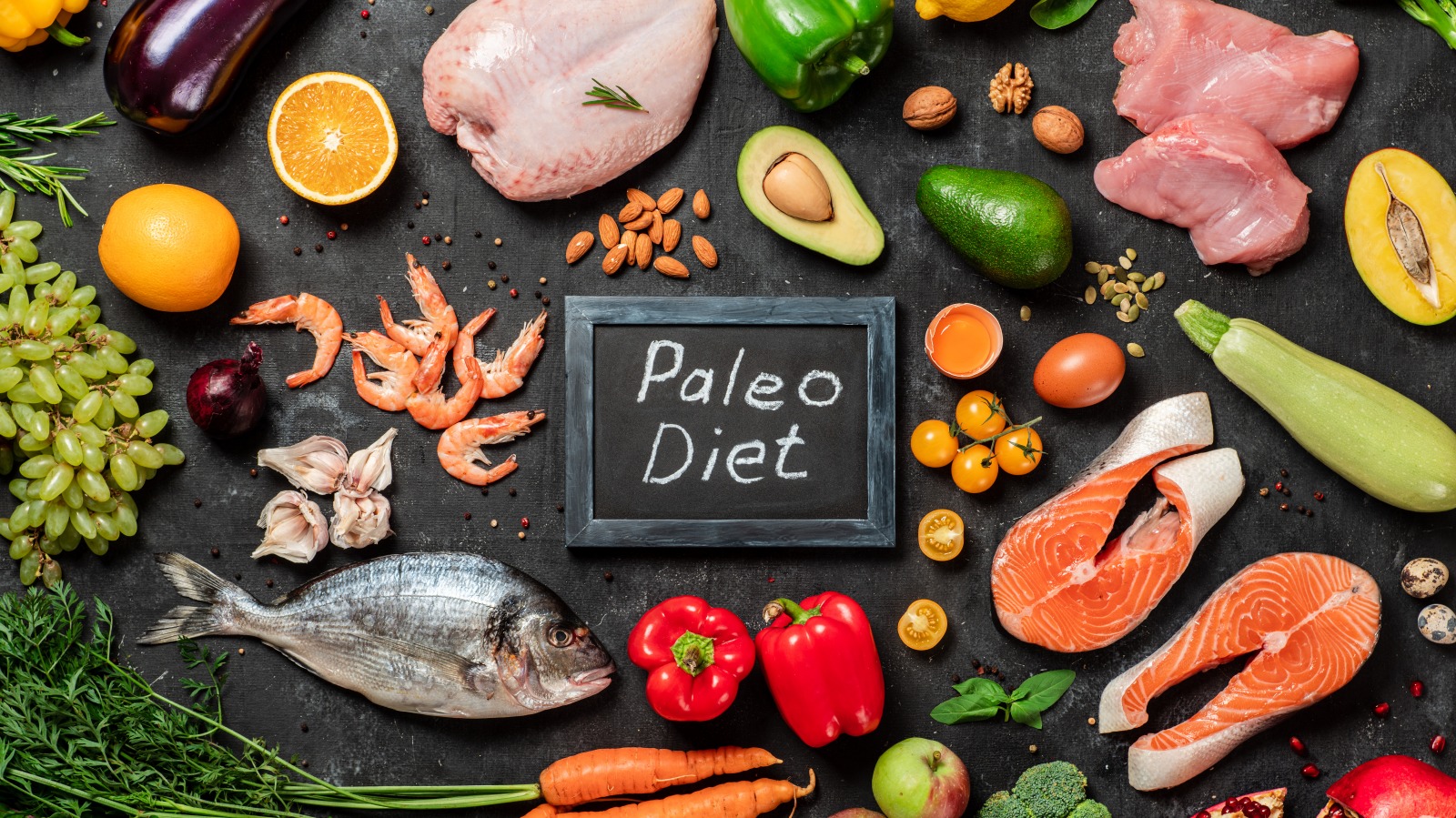
In another study published by the journal Cardiovascular Diabetology, the researchers aimed to find the benefits a Paleolithic diet had on cardiovascular risk factors for individuals suffering from type 2 diabetes. 13 individuals with type 2 diabetes were placed on either a Palaeolithic diet or a typical diabetes diet for 3 months at a time.
The study found that the Paleo Diet caused more weight loss and several other improvements in cardiovascular risk factors compared to the typical diabetic diet.
In a third study published by the journal Diabetologia, 29 men with heart disease or type 2 diabetes were randomly assigned either a Paleolithic Diet or a Mediterranean-like diet for 12 weeks. Neither group was calorie-restricted.
The study concluded that a Paleolithic Diet leads to greater improvements in waist circumference and glycemic control (Glycemic control. Glycemic control is a medical term referring to the typical levels of blood sugar (glucose) in a person with diabetes mellitus) compared to a Mediterranean-like diet.

Thus, some of the most comprehensive clinical studies concerning Paleo Diets clearly demonstrate its benefits. We still don’t know for sure what molecular, biochemical, or genetic interactions are responsible for the benefits associated with a Paleo Diet.
What are the Possible Benefits of Following a Paleo Diet?
Our bodies are metabolically and genetically optimized for the food ingredients that constitute a Paleo diet. Therefore, shifting to a Paleo diet will bring with it a variety of health benefits. Some of them are listed below.
Paleo Diets Ensure that You’re Eating Right
Paleo Diets ensure that you’re getting the right mix of proteins, vegetables, fruits, fiber, and carbohydrates along with a fair amount of healthy fats. This balance ensures you are eating the right amount of food without overeating or starving yourself.
Paleo Diets Helps you Lose Weight
Paleo diets restrict the consumption of refined sugar. Refined sugars are primarily responsible for blood glucose fluctuations, sugar crashes, and weight gain. Therefore, a Paleo diet makes it easier to avoid blood sugar spikes and control weight gain by restricting your sugar intake.
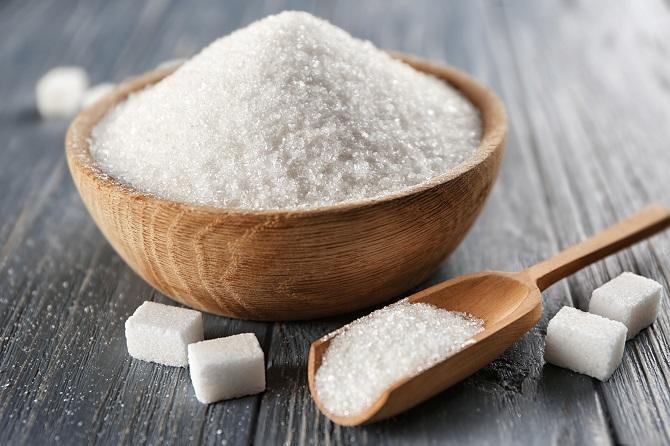
“Eliminating carbohydrates and processed foods may not be a bad idea—especially in the case of processed carbs—and may result in weight loss since the bulk of the American diet comes from carbs,” says Adrienne Youdim, MD, an associate clinical professor of medicine at the University of California David Geffen School of Medicine in Los Angeles.
Read about artificial sweeteners and their effect on our body here!
Paleo Diets Promote Muscle Building
Paleo Diets rely heavily on lean meats so you’ll be getting a fair amount of protein to improve your muscle mass. This helps to promote a leaner physique which paired with resistance training can even help with muscle growth.

Paleo Diets Help Avoid Gluten
Gluten is a general name for the proteins found in wheat, which can cause a wide range of digestive system issues in many individuals. Over the past years, the food label "gluten-free" has gained popularity since more and more people actively try to avoid it. Paleo diets restrict the consumption of wheat products, thus completely eliminating gluten from your diet.
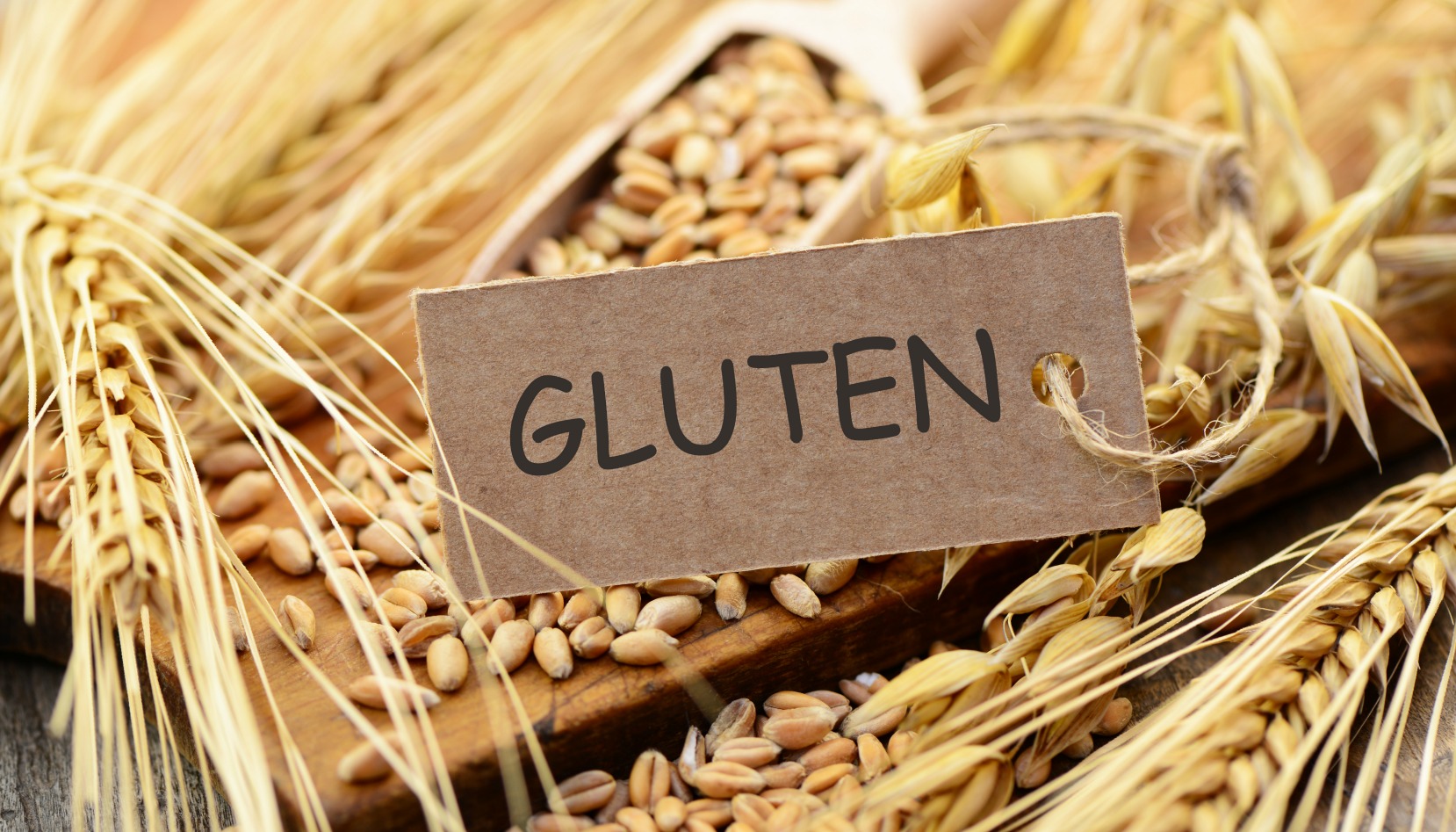
Paleo Diets Help you Sleep Better
A Paleo Diet’s focus on natural foods helps in cutting out most of the unnatural chemicals, antibiotics, flavor enhancers, additives, and added sugars from your diet. Since your body’s chemical signals won’t be overridden by other chemicals from food, the body will be able to relax better and naturally feel sleepy at night.

Paleo Diets Provide Detoxifying Effects
Paleo diets restrict the consumption of a lot of unnatural chemicals such as trans fats, MSG, caffeine, refined sugar, and gluten that harm the body in the long run and promote the consumption of natural antioxidant and phytonutrient-rich foods. This provides a detoxifying effect on the entire body, and many Paleo followers report feeling lighter and clearer-headed after several weeks.
What are some Potential Caveats of a Paleo Diet?
Paleo Diets can get very Restrictive
If you want to strictly follow the Paleo diet, you have to eliminate entire food groups such as dairy, grains, and legumes from your diet. This is a big change, which for many people isn’t feasible in the long run. The benefits of a Paleo diet won’t be apparent unless you’re on it for at least a month. So, the restrictive nature of Paleo diets often puts them out of favor for many individuals.

Paleo Diets can Lead to Nutritional Deficiencies
Due to the restrictive nature of Paleo diets, they can sometimes cause nutritional deficiencies. Even though fulfilling one’s daily nutritional requirements from a Paleo diet isn’t impossible, it can be challenging. For example, some experts caution against a paleo diet because eliminating dairy can leave you with lower levels of calcium and vitamin D. Over time, this could put you at risk of developing osteoporosis, bone fractures, or rickets.
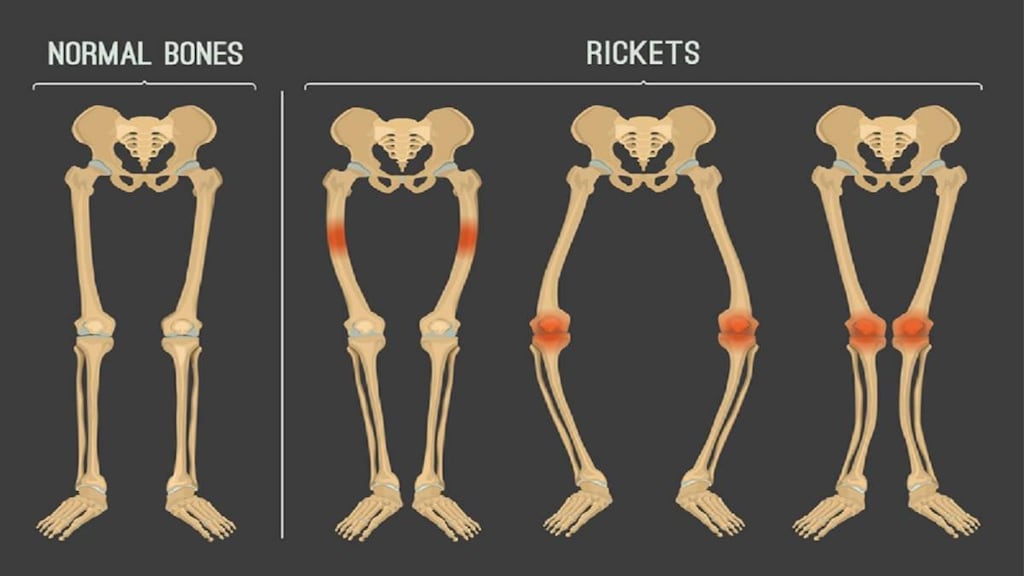
A lot of people already have limited access to fresh fruits and vegetables, so they resort to whole grains, beans, and dairy products to meet their daily dietary requirements. In such a scenario, a Paleo diet can lead to nutritional deficiencies.
Word of Caution
People who are suffering from type 2 diabetes or are on insulin should consult a doctor before drastically reducing their carbohydrate intake. Blood sugar levels might drop too low without proper medical guidance.

To learn how to manage diabetes, click here!
Additionally, people who are at risk for osteoporosis should exercise caution since paleo diets can cause calcium and vitamin D deficiencies.
Finally, people with chronic health conditions such as heart disease or kidney disease should consult a doctor. Excess protein intake can strain the kidneys, reducing function and potentially leading to failure.
Conclusion
In summary, Paleo diets can help us avoid some of the common lifestyle diseases plaguing us today because of our modern dietary habits. Therefore, it is definitely worth a shot. Although some studies have demonstrated the potential benefits of the Paleo Diet, more conclusive studies are required to understand how and why the Paleo Diet works at a deeper level.
Disclaimer: The information and other content provided in this blog, or in any linked materials, are not intended and should not be construed as medical advice, nor is the information a substitute for professional medical expertise or treatment. If you or any other person has a medical concern, you should consult with your healthcare provider.


.png)


